What the new Jurassic Park movie gets wrong: Aerodynamic analysis causes a rethink of the biggest pterosaur.
One of the most exciting moments of Jurassic World Dominion, the new Jurassic Park sequel, is when the Quetzalcoatlus swoops down from the sky and attacks the heroes’ aircraft. With its gigantic wings that reach 10 meters (33 feet) in length when spread end to end, the Quetzalcoatlus was the largest pterosaur that ever existed. However, an aerodynamic analysis led by researchers from Nagoya University in Japan suggests that Jurassic World Dominion gets it wrong. In fact, these giant creatures would have been unable to fly for anything more than a short distance.
To make this surprising discovery, the group of researchers consisting of Yusuke Goto and Ken Yoda of the Graduate School of Environmental Studies, Nagoya University, in collaboration with the University of Tokyo, and the CEBC in France, calculated and compared the ability of extinct giant flying creatures and modern birds to soar using wind and air currents in an energy-efficient way.
There are two types of soaring: thermal soaring, which uses updrafts to ascend and glide, such as eagles and frigatebirds; and dynamic soaring, which uses wind gradients over the ocean, as in the case of albatrosses and petrels. Using a model, the group calculated the performance of thermal and dynamic soaring for four species of extinct flying giant creatures and compared it to the performance of present-day birds. They found that the famous Pteranodon of Jurassic Park III fame, for example, likely excelled at soaring flight using updrafts over the sea, flying in a similar way to the modern frigatebirds.
However, when they investigated the Quetzalcoatlus, the largest flying animal to have ever lived, they found that it was not suited for soaring flight even when atmospheric density parameters were changed.
“The poor thermal and slope soaring performance of Quetzalcoatlus was due to the large wing loading associated with their large body size,” the researchers say. “This suggests that the wind conditions under which Quetzalcoatlus could conduct sustainable thermal soaring were limited. Although it had previously been thought that Quetzalcoatlus was a proficient thermal soarer able to cover 10,000 miles without touching the ground, our studies show that its thermal soaring abilities were below that of modern birds. We suppose that the flight styles of Quetzalcoatlus and other similar sized pterosaurs were similar to those of the kori bustard that is a short-range flyer and spend most of their time on land.”
As well as the pterosaurs, the group also looked at two extinct giant birds, Argentavis magnificens, the heaviest flying bird that ever existed, and Pelagornis sandersi, which has the largest wingspan of any flying bird. Here too, the group made a surprising discovery. On the one hand, their results agreed with previous studies that Argentavis was suited to thermal soaring; on the other hand, they found that Pelagornis was suited to thermal soaring, although it was previously thought to use dynamic soaring.
Although it is too late for Jurassic World Dominion, the results of the study will likely change the way extinct giant birds and pterosaurs are portrayed in the inevitable sequels.
Reference: “How did extinct giant birds and pterosaurs fly? A comprehensive modeling approach to evaluate soaring performance” by Yusuke Goto, Ken Yoda, Henri Weimerskirch and Katsufumi Sato, 10 March 2022, PNAS Nexus.
DOI: 10.1093/pnasnexus/pgac023
The results of this research were published in the first issue of PNAS Nexus on March 10th, 2022.
This research was supported by JSPS KAKENHI including Grant-in-Aid for Transformative Research Areas “Hierarchical Bio-Navigation Integrating Cyber-Physical Space.”

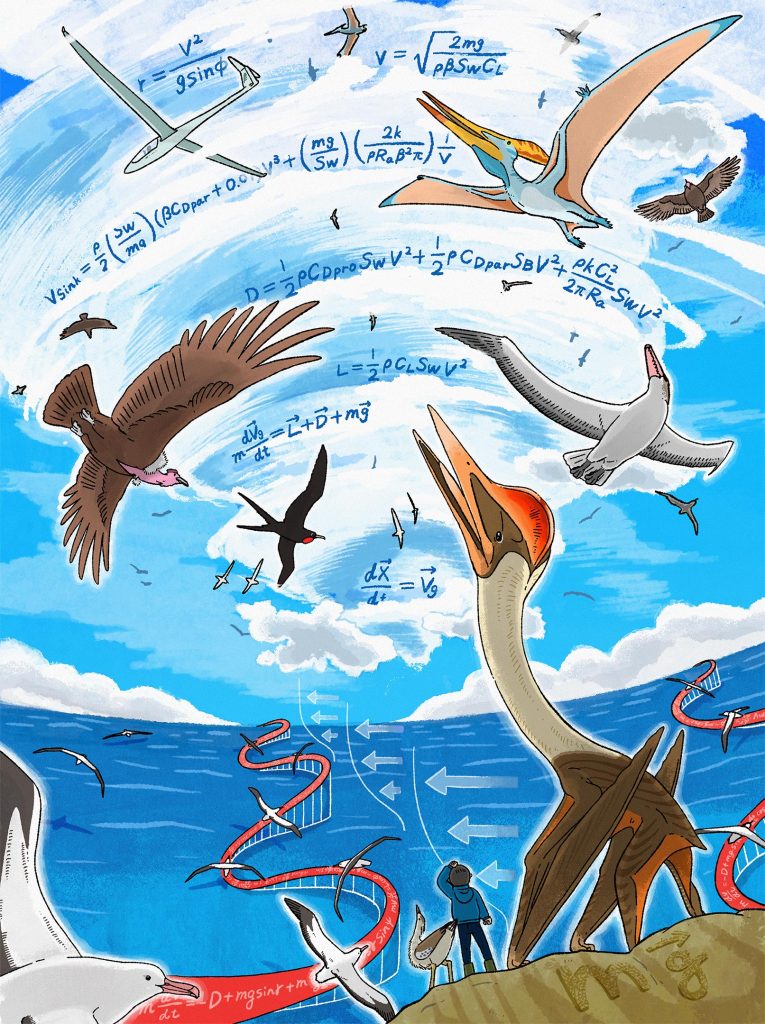
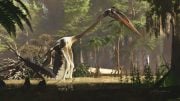
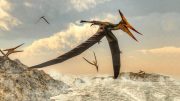
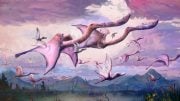
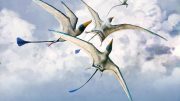
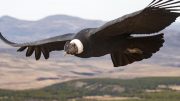
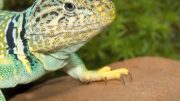
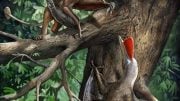
Every pterosaur could not fly it was aquatic animal like whale mesoeucrocodylia a extreme aquatic animal it was a sting ray mimic dinosaur at least it’s a dinosaur and belong in Jurassic park .velociraptor and gallimimus a flightless bird does not belong in the movie .velociraptor gallimimus gator are advance animal not like primitive dinosaur .they have good hearing they have pseudorotunda foramen or fossa fenestra which mean hole foramen mean hole too .dinosaur hearing fenestra is like tuatara a fish teeth animal that lacks gums .gums is advance technology in animal.pseudorotunda first appear in thecodont in advance protosuchus a sprawling ankle bipedal dinosaur like the gator. protosuchidae is not tetanuran dinosaur like the gator and t.rex but t.rex is fuse ankle tetanuran not like the gator.t.rex is primitive it could not sprawl .gator has pseudorotunda a still call it primitive clearly gator was allways advance the most advance dinosaur ever.clearly velociraptor gallimimus are birds a early tetanuran with pseudorotunda and not a full palate and very moveable quadrate so they could not kill bigger animal like thecodont .lower jaw muscle need more space the quadrate move too much.these maniraptoran parietal fuse to frontal bone like t.rex gator a predator feature in advance dinosaur in modern bird parietal fuse with surrounded bones in the skull like the gator .probaly the same for velociraptor.birds with weak lower jaw .gator and thecodont with strong lower jaw. Velociraptor and archaeopteryx are same type of bird that lack a flight skull but could fly archaeopteryx could fly velociraptor could not but it’s ancestor could like all flightless bird .ostrich do have flight skull because it’s a modern bird it end all claims these flightless bird are not related to flying bird because it has flight skull in fossil bird like archaeopteryx and velociraptor it’s hard to tell .t.rex has fuse parietal very rare feature in thecodontcrocodiliantooth clearly gator is a tyrannosaur in thecodont only found in erpetosuchus and gator spinosauridae.protosuchus lack fuse parietal because it is not the ancestor of the gator. spinosauridae is the ancestor of the gator .when first herd about erpetosuchus I thought it is the ancestor of gator with a secondary bony palate and fuse parietal a classic mesoeucrocodylia feature but they did not know if it’s a protosuchus or other thecodont the palate is not full so it’s not a mesoeucrocodylia and no pseudorotunda and fuse frontal .spinosauridae mean mesoeucrocodylia.archaeopteryx lack frontoparietal foramen but claim velociraptor has won but it’s a bird so it’s a neck muscle so archaeopteryx skull look more like modern birds not like it’s ancestor velociraptor the flying won.the long snout pterosaur has fish eating kink skull the advance won because pterosaur is more of advance dinosaur that lack kink snout like tetanuran dinosaur because dinosaur become more of land animal.pterosaur share unique occified tendon with duck bill dinosaur a dinosaur with a duck face a clearly aquatic animal that need those unique occified tendon for the tail to swim better in water.the tail is a gator tail the gator tail is a aquatic tail found in advance pterosaur .early pterosaur has tetanuran tail like 3 finger dinosaur a bipedal tail a poor swimming tail allso found in one dwarf caiman a poor swimmer .i did not put the other feature share between gator and bird the good hearing you have to read pseudorotunda science story.and crocodile do have wing like pterosaur but much smaller alligator lack wings